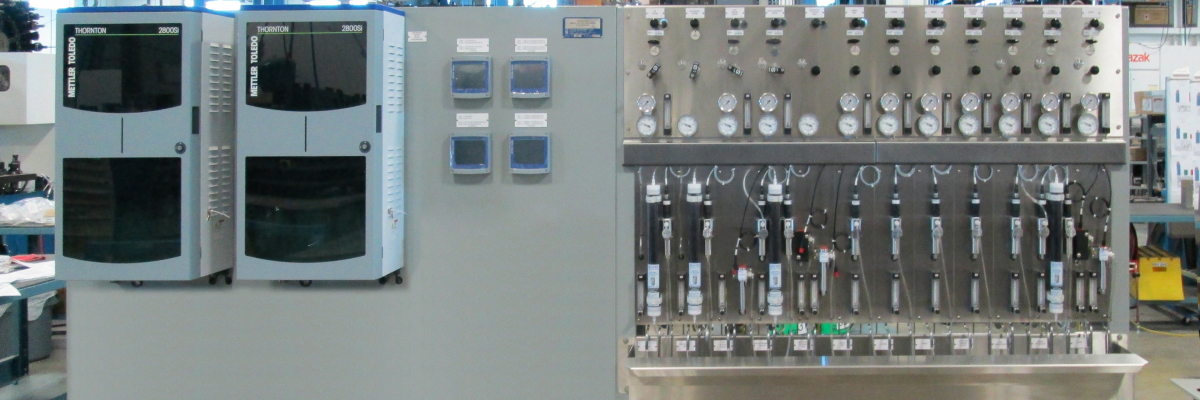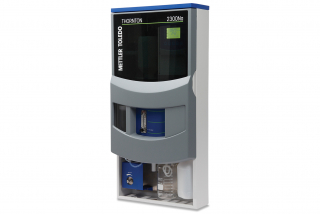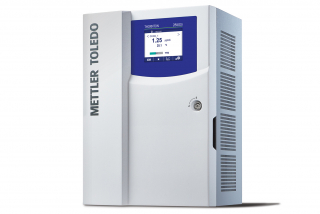
Sodium and Silica analysers help to prevent corrosion and deposits in the turbine
Analysers for sodium and silica concentration in the water / steam circuit are often mentioned in the same breath. And there’s a good reason for that. Both analysers are responsible for the protection of the turbine. Let that be the most precious part, the heart, of a power plant! A small investment in these analysers prevents a mega bill for early maintenance or replacement of the turbine.
Sodium and silica are everywhere
Sodium and silica are among the top 3 minerals most commonly found in the Earth's crust. In addition to that, sodium is also very soluble in water. No wonder that you find both elements everywhere. In a power plant it’s therefore of the utmost importance to remove both elements from the water as much as possible. This includes being done through reverse osmosis, distillation and ion exchangers. Despite the good efficiency of these technologies, they’re not flawless. Continuous monitoring of the water is necessary. Ion exchangers in particular deserve your attention. Sodium and silica are the first cation and anion, respectively, to ‘break down’ after an ion exchanger. Both are only loosely bound and therefore also release first.

‘Early Warning’
The requirements for water and steam quality are particularly strict. A few ppb (parts per billion) are enough to alert operators. A specific analyser is required to detect this. To give you an idea: 0.2ppb Na gives an increase of 0.001µS/cm in the conductivity of the water. Given that the purest water itself already has a conductivity of 0.055µS/cm, it is clear that a conductivity measurement does not detect low ppb values. Silica is possibly even less conductive than sodium.
Automatic calibration
It is now clear that analysers for sodium and silica are necessary. Analysers are expected to operate smoothly and autonomously. You don't want to lug around reagents and components on a daily or weekly basis. Mettler Toledo Thornton analysers are designed with the user in mind. Calibrations run automatically. You can of course set the frequency yourself. Naturally, you can also calibrate manually. The consumption of reagents is optimised so that only 0.7 litres are used per 2 months for the Na analyser. The Si analyser requires 4 litres per 3 months.
Built-in intelligence, including ISM (Intelligent Sensor Management), continuously monitors the current status of the analyser's sensors. This gives you up-to-date information about the condition of your analyser and insight into when and what maintenance is required. This way you’ll never be faced with surprises.
More information?

